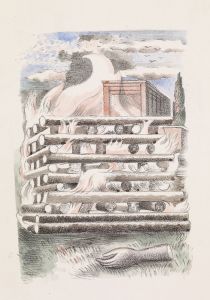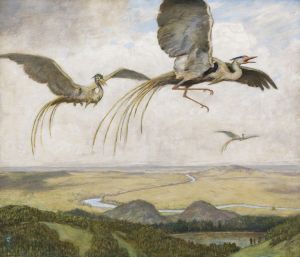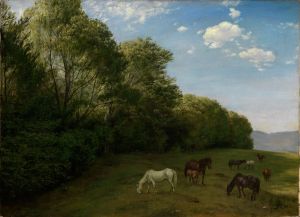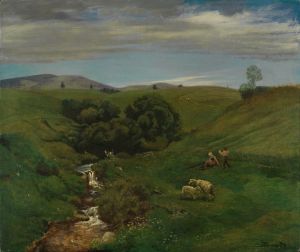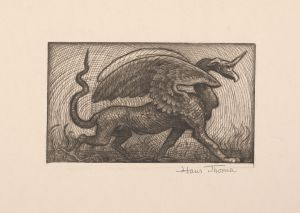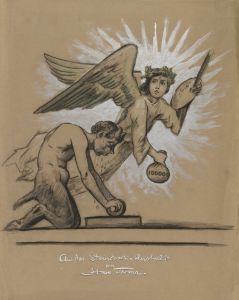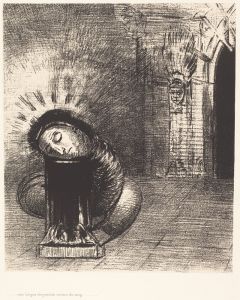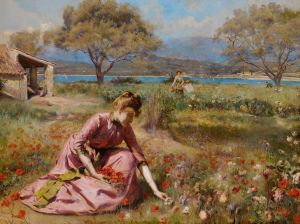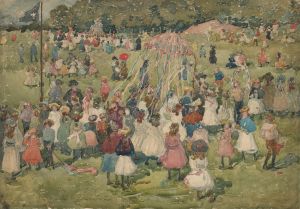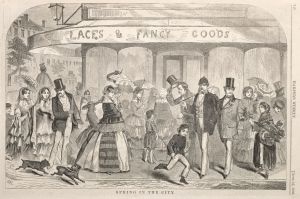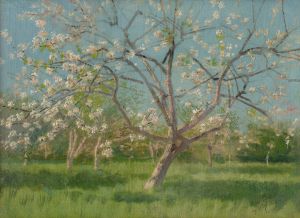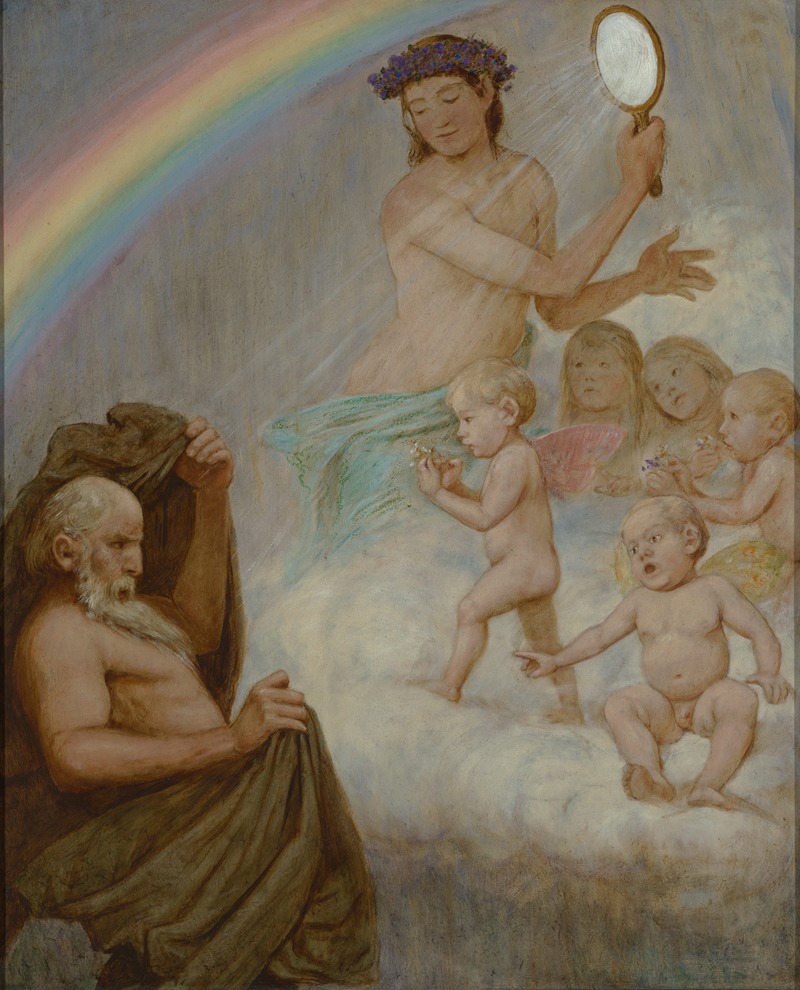
April
A hand-painted replica of Hans Thoma’s masterpiece April, meticulously crafted by professional artists to capture the true essence of the original. Each piece is created with museum-quality canvas and rare mineral pigments, carefully painted by experienced artists with delicate brushstrokes and rich, layered colors to perfectly recreate the texture of the original artwork. Unlike machine-printed reproductions, this hand-painted version brings the painting to life, infused with the artist’s emotions and skill in every stroke. Whether for personal collection or home decoration, it instantly elevates the artistic atmosphere of any space.
Hans Thoma was a German painter born on October 2, 1839, in Bernau, in the Black Forest region. He is known for his landscapes, portraits, and genre paintings, which often reflect a deep connection to nature and the German countryside. Thoma's work is characterized by its detailed realism and often incorporates elements of German folklore and mythology.
One of Thoma's notable works is "April," a painting that exemplifies his style and thematic interests. Created in the late 19th century, "April" captures the essence of springtime in the German landscape. Thoma's attention to detail and his ability to convey the subtleties of natural light and color are evident in this work. The painting depicts a serene and idyllic scene, typical of Thoma's landscapes, which often evoke a sense of tranquility and harmony with nature.
In "April," Thoma employs a palette that reflects the freshness and vibrancy of spring. The use of greens and blues, along with soft, diffused light, creates a sense of renewal and awakening that is synonymous with the month of April. The composition is balanced and harmonious, with a focus on the natural beauty of the landscape. Thoma's technique involves meticulous brushwork and a keen observation of the natural world, which allows him to capture the delicate interplay of light and shadow.
Thoma's landscapes often include figures, and "April" is no exception. The presence of human figures in his work serves to emphasize the connection between people and their environment. In this painting, the figures are integrated into the landscape, suggesting a harmonious coexistence with nature. This theme is recurrent in Thoma's oeuvre, reflecting his belief in the importance of living in harmony with the natural world.
Hans Thoma's work, including "April," was influenced by various artistic movements and figures. He was associated with the Munich Secession, a group of artists who sought to break away from the traditional academic art of the time. Thoma was also influenced by the works of the Pre-Raphaelites and the Symbolists, which is evident in his attention to detail and the symbolic elements present in his paintings.
Throughout his career, Thoma received recognition and acclaim for his contributions to art. He held several prominent positions, including director of the Kunsthalle Karlsruhe, and his work was exhibited widely in Germany and beyond. Thoma's paintings, including "April," continue to be appreciated for their technical skill and their ability to evoke the beauty and serenity of the natural world.
In summary, "April" by Hans Thoma is a quintessential example of the artist's landscape painting, characterized by its detailed realism, harmonious composition, and thematic focus on the connection between humans and nature. Thoma's work remains an important part of the German art historical canon, celebrated for its beauty and its reflection of the natural world.





